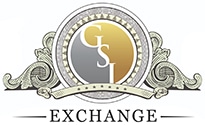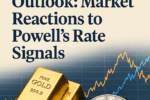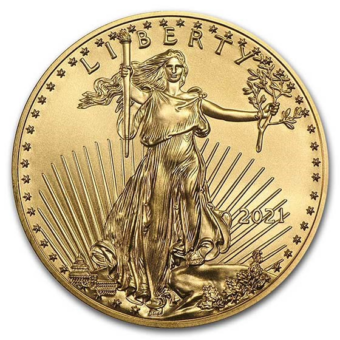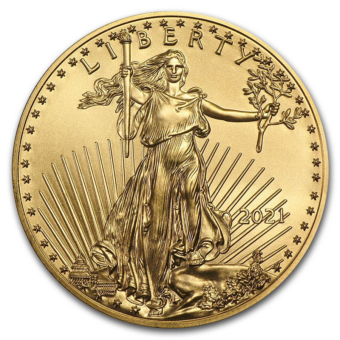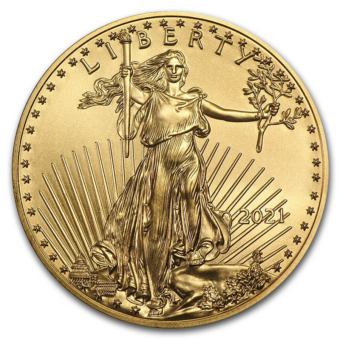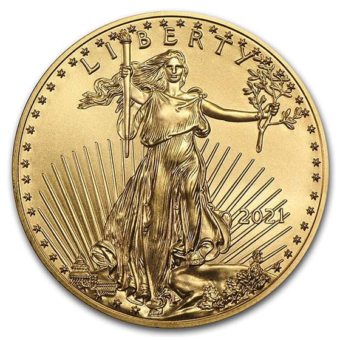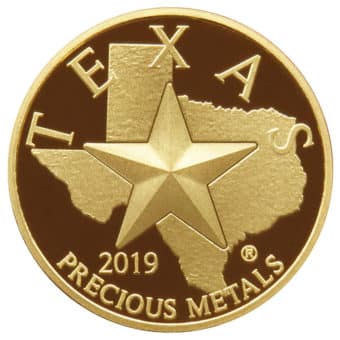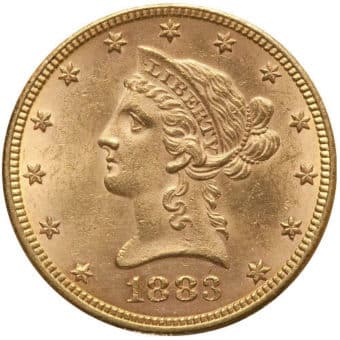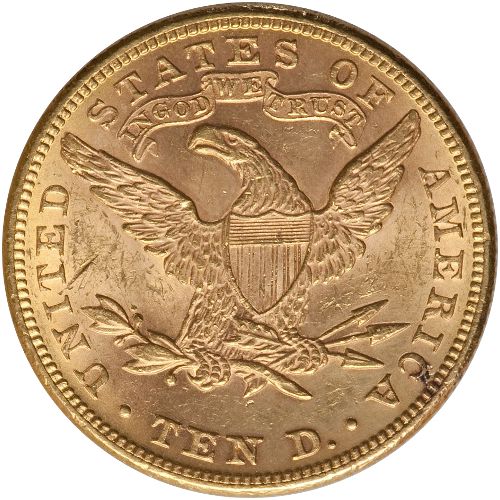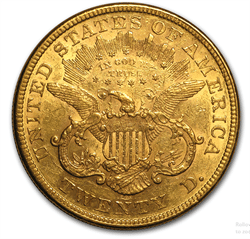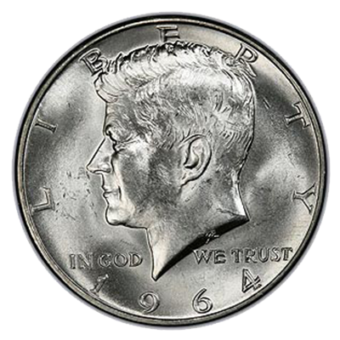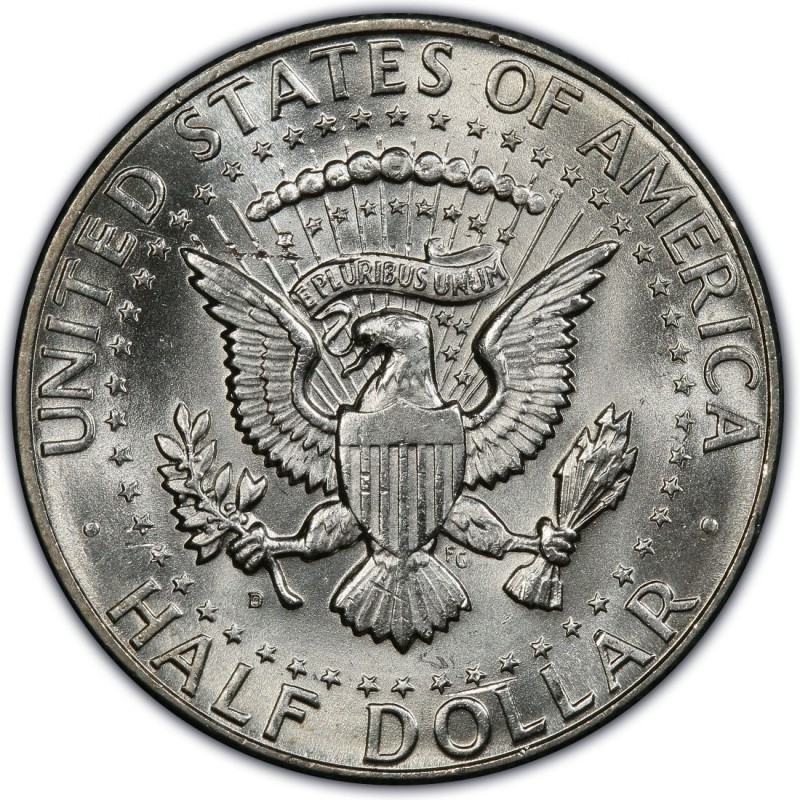Monday - 7.07.25: Gold and silver prices were modestly lower in midday U.S. trading Monday but had rebounded from early session lows, as improved risk appetite—driven by last week’s record-high U.S. stock indexes—applied mild selling pressure; August gold fell $8.30 to $3,334.90 and September silver slipped $0.224 to $36.86. The BRICS summit kicked off in Rio, with President Trump warning that nations aligning with BRICS “anti-American” policies could face further tariffs, a development metals traders are watching closely for its potential impact on gold prices.
Tuesday - 7.08.25: Gold and silver prices fell in midday U.S. trading Tuesday, pressured by weak-handed long liquidation from short-term futures traders in a quiet summertime market; August gold dropped $34.50 to $3,308.10 and September silver slid $0.299 to $36.605. Risk appetite eased after President Trump imposed new tariffs on Japan and South Korea, sent letters to over a dozen countries threatening 25–40% tariffs, and extended the trade deal deadline to August 1.
Wednesday - 7.09.25: Gold prices held near steady and silver dipped slightly in Wednesday afternoon U.S. trading, as quieter summertime markets and reduced risk aversion limited safe-haven buying; August gold was last up $1.00 at $3,317.90, while September silver fell $0.219 to $36.535. Freshly released FOMC meeting minutes showed no major surprises, with members expecting rate cuts later this year but warning of elevated inflation risks tied to trade and tariff uncertainties.
Thursday - 7.10.25: Gold prices are modestly higher and silver prices are solidly up near midday Thursday, supported by a slight downtick in trader risk appetite after President Trump escalated trade tariff threats, including a plan to impose a 50% tariff on all copper imports starting August 1 and possible similar tariffs on Brazil. August gold rose $7.10 to $3,328.00, while September silver gained $0.67 to $37.29. U.S. stock indexes are mixed as investors grow more cautious on trade tensions, the U.S. dollar index is modestly higher, Nymex crude oil futures are down around $66.75 a barrel, and the 10-year Treasury yield sits at 4.37%.
Friday - 7.11.25: Gold and silver prices surged in early U.S. trading Friday, with silver hitting a 13-year high, as rising risk aversion fueled demand for safe-haven metals. August gold climbed $33.60 to $3,359.30, while September silver gained $1.03 to $38.335. Heightened trade tariff threats from the U.S., escalating tensions with Russia, and growing instability in the Middle East have all contributed to the market’s nervous tone.
Gold Prices Rise Toward Session Highs After U.S. Weekly Jobless Claims Fall to 227,000
Better-than-expected labor market data lifts gold amid mixed economic signals.
The Big Picture
Gold prices edged higher on Thursday after new data showed fewer Americans filed for unemployment benefits than forecast, pointing to continued resilience in the U.S. labor market. The unexpected improvement initially pressured precious metals as traders weighed the potential for further tightening by the Federal Reserve. However, gold soon rebounded toward session highs as investors balanced strong employment data against lingering macroeconomic uncertainties.
Analysts noted that while healthy labor markets can weigh on gold by supporting the dollar and Treasury yields, persistent inflation and geopolitical risks continue to underpin demand for bullion as a hedge.
What’s Happening
The Labor Department reported that initial jobless claims fell to a seasonally adjusted 227,000 for the week ending July 5, below economists’ expectations of 235,000. The prior week’s figure was revised lower to 232,000.
The four-week moving average, which smooths out week-to-week volatility, also came in stronger than forecast at 235,500. Continuing claims dipped to 1.965 million, narrowly beating consensus estimates but slightly above the previous week’s level.
Spot gold moved higher after the 8:30 am release, trading at $3,323.10 per ounce late in the morning session. Despite the intraday rebound, gold remained modestly down on the day.
By the Numbers
- Initial jobless claims: 227,000 (vs. 235,000 expected)
- Prior week initial claims (revised): 232,000
- Four-week moving average: 235,500 (vs. 243,000 expected)
- Continuing claims: 1.965 million (vs. 1.980 million expected)
- Spot gold price (latest): $3,323.10 per ounce
- Gold session performance: –0.29%
Why It Matters
Better-than-expected jobless claims readings can reinforce the case for the Federal Reserve to keep policy restrictive, as labor strength tends to support wage growth and inflationary pressures. This dynamic can weigh on gold in the short term by boosting the dollar and yields. However, the metal’s resilience despite strong employment data highlights how broader uncertainty continues to drive safe-haven demand.
The Bottom Line
Gold prices climbed toward session highs even as jobless claims fell below expectations, underscoring the market’s sensitivity to mixed signals about economic strength and Fed policy. Traders will continue to watch labor trends closely, as any sustained tightness could cap further gains in precious metals.
Silver Investment Ramps Up, 2025 ETF Inflows Already Surpass All of 2024
Surging prices and geopolitical uncertainty drive silver holdings to multi-year highs.
The Big Picture
Silver investment has exploded in the first half of 2025, propelled by geopolitical risks, inflation concerns, and renewed interest in precious metals as safe-haven assets. According to the latest report from the Silver Institute, silver ETFs (ETPs) absorbed a record 95 million ounces through June, already eclipsing the entire inflows recorded in 2024.
With the average silver price climbing 25% year-to-date—only slightly lagging gold’s 26% gain—the metal has reclaimed attention from institutional and retail investors alike. Analysts noted that favorable valuations, improving industrial demand, and bullish sentiment combined to push the value of global silver holdings to all-time highs above $40 billion.
What’s Happening
The rally has been broad-based, with ETF inflows accelerating sharply in June and futures market positions surging 163% from late 2024 levels. The Silver Institute attributed much of the momentum to expectations of sustained price gains and safe-haven buying as investors hedge against macro uncertainty.
Retail demand showed a mixed picture. European buyers continued recovering from last year’s slump, while Indian investors maintained strong appetite for new coins and bars. In contrast, U.S. retail investors have largely been net sellers in 2025, taking advantage of multi-year high prices to lock in profits. The result has been a 30% estimated decline in U.S. retail silver demand so far this year.
Even with the divergence across regions, the Silver Institute warned that any move past $40 per ounce could trigger a wave of profit-taking, potentially tempering further upside. Nonetheless, analysts see scope for volatile two-way flows as sentiment remains highly reactive.
By the Numbers
- Average silver price YTD gain: +25%
- Silver ETF net inflows H1 2025: 95 million ounces
- Global silver ETF holdings: 1.13 billion ounces (June 30)
- Record value of holdings: Over $40 billion
- Futures net long positions: +163% vs. end-2024
- U.S. retail demand decline: –30% YTD
- Spot silver price (latest): $36.831 per ounce
Why It Matters
The surge in silver investment underscores how quickly sentiment can swing in precious metals markets. Rising prices and robust ETF inflows have lifted silver toward levels not seen since the 2011 bull run, fueling speculation about whether this rally can be sustained. At the same time, mixed retail demand highlights potential fragility in the uptrend if profit-taking accelerates or macro conditions shift.
The Bottom Line
Silver is experiencing its strongest investment surge in years, with ETF inflows already topping all of 2024 and futures positions expanding rapidly. While the rally has drawn in a broad base of investors, the path ahead may be volatile if spot prices approach $40 per ounce and sellers emerge to lock in gains.
Trump Sends More Letters Dictating High Tariff Rates Around the World
Fresh round of tariff notices targets seven more countries as trade tensions escalate.
The Big Picture
President Donald Trump has expanded his campaign to impose steep new tariffs on imports from around the globe, sending formal letters to the leaders of seven additional countries. The move underscores his aggressive push to narrow U.S. trade deficits and reset longstanding economic relationships. In total, 21 nations have now been notified their exports will face levies ranging from 20% to 40% starting August 1.
While Trump argues the tariffs are necessary to stop unfair trade practices, critics warn they could disrupt supply chains, strain diplomatic ties, and fuel volatility in global markets already unsettled by his “liberation day” tariffs announced earlier this year.
What’s Happening
The latest letters, revealed Wednesday via screenshots on Trump’s Truth Social account, were sent to the Philippines, Brunei, Moldova, Algeria, Iraq, Libya, and Sri Lanka. They follow a first batch of letters issued two days earlier to 14 countries including Japan, South Korea, Malaysia, Indonesia, and others.
Each nearly identical letter stated the U.S. would consider adjusting tariffs “depending on our relationship with your Country,” though Trump insisted the rates remain well below what he believes is needed to close trade imbalances.
Despite some of the targeted countries having relatively small deficits—Moldova’s gap totaled only $85 million last year—Trump maintained that deficits of any size show the U.S. is being exploited. The new measures arrive as the earlier tariff deadline was postponed by executive order to August 1, with Trump vowing no further extensions.
By the Numbers
- Countries receiving new letters: 7 (bringing total to 21)
- Tariff range: 20%–40%
- U.S.–Moldova 2024 trade deficit: $85 million
- Previous “liberation day” baseline tariff: 10% on most countries
- Tariff deadline: August 1, 2025
Why It Matters
The broad expansion of tariffs risks reigniting turmoil in global markets just months after the initial announcement rattled trade flows. Businesses face growing uncertainty over sourcing and costs, while allies and rivals alike weigh how to respond. Many economists caution that sweeping levies could ultimately raise prices for U.S. consumers and dampen growth at a time when other economic pressures are mounting.
The Bottom Line
Trump’s latest tariff letters deepen an ambitious trade agenda that has already shaken global commerce. Unless trade tensions ease or agreements are reached, the planned duties set to take effect August 1 may spark further economic and diplomatic fallout in the months ahead.
Next Week’s Key Events
Economic Calendar: July 14 – July 18, 2025
Monday, July 14
No major economic reports scheduled.
Tuesday, July 15
- 8:30 AM ET – Consumer Price Index (June)
Measures changes in the price of a basket of consumer goods and services; a primary gauge of inflation trends. - 8:30 AM ET – Empire State Manufacturing Survey (July)
Provides an early look at manufacturing conditions in New York State; can signal broader industrial trends. - 2:45 PM ET – Boston Fed President Susan Collins Speech
Markets may watch for insights on monetary policy and economic outlook. - 6:45 PM ET – Dallas Fed President Lorie Logan Speech
Remarks could offer additional context on regional economic performance and inflation perspectives.
Wednesday, July 16
- 8:30 AM ET – Producer Price Index (June)
Tracks wholesale inflation; often seen as a leading indicator of consumer price pressures. - 9:15 AM ET – Industrial Production & Capacity Utilization (June)
Measures output at factories, mines, and utilities; capacity utilization indicates how much slack remains in the economy. - 10:00 AM ET – Federal Reserve Governor Michael Barr Speech
Comments may provide clues about regulatory priorities and the Fed’s policy stance.
Thursday, July 17
- 8:30 AM ET – Initial Jobless Claims (Week Ending July 5)
Weekly read on layoffs and labor market conditions; rising claims could point to emerging employment weakness. - 8:30 AM ET – U.S. Retail Sales (June)
A snapshot of consumer spending trends; a key driver of economic growth. - 8:30 AM ET – Philadelphia Fed Manufacturing Survey (July)
Offers insights into regional manufacturing activity and sentiment.
Friday, July 18
- 8:30 AM ET – Housing Starts & Building Permits (June)
Measures new residential construction and future building plans; important for gauging housing sector health. - 10:00 AM ET – Consumer Sentiment (Preliminary, July)
Provides an early read on consumer confidence and spending intentions.
IMPACT ON PRECIOUS METALS MARKETS
Consumer Price Index (Tuesday, July 15):
A stronger-than-expected CPI reading could reinforce expectations for further rate hikes, weighing on gold and silver by boosting yields and the dollar. Softer inflation data may ease tightening concerns, supporting precious metals as investors anticipate a more dovish Fed.
Empire State Manufacturing Survey (Tuesday, July 15):
An upbeat survey could signal improving economic momentum, pressuring metals as optimism builds around growth. A disappointing reading may stoke recession worries and bolster safe-haven demand for gold and silver.
Fed Speeches (Tuesday, July 15 & Wednesday, July 16):
Remarks from Boston Fed President Collins, Dallas Fed President Logan, and Governor Barr will be parsed for policy clues. Hawkish commentary emphasizing persistent inflation or further tightening could undermine metals. Conversely, signals that the Fed is nearing the end of its hiking cycle may provide a tailwind for gold and silver.
Producer Price Index (Wednesday, July 16):
A pickup in wholesale inflation may fuel bets on additional rate increases, dampening demand for precious metals. Weaker PPI figures could ease inflation fears and lift gold and silver prices.
Industrial Production & Capacity Utilization (Wednesday, July 16):
Stronger output and higher utilization could point to resilient economic activity, pressuring metals by reducing safe-haven appeal. Soft numbers may revive slowdown concerns and support gold and silver.
Initial Jobless Claims (Thursday, July 17):
Rising claims could heighten recession anxiety, prompting flows into precious metals as defensive assets. A decline in claims may reinforce labor market strength and weigh on gold and silver.
U.S. Retail Sales (Thursday, July 17):
Robust sales figures could signal healthy consumer demand, pressuring metals as growth optimism gains traction. Weak sales may stoke fears of slowing spending and boost safe-haven interest.
Philadelphia Fed Manufacturing Survey (Thursday, July 17):
Stronger manufacturing sentiment may reduce demand for gold and silver as investors price in economic resilience. A weak print could support metals by amplifying slowdown risks.
Housing Starts & Building Permits (Friday, July 18):
Solid housing data may undermine precious metals by reinforcing confidence in the recovery. Soft readings could bolster gold and silver as investors brace for potential headwinds.
Consumer Sentiment (Friday, July 18):
Improved sentiment could sap safe-haven demand as confidence in the economy grows. Conversely, weaker consumer confidence may drive investors toward gold and silver as a hedge against uncertainty.
